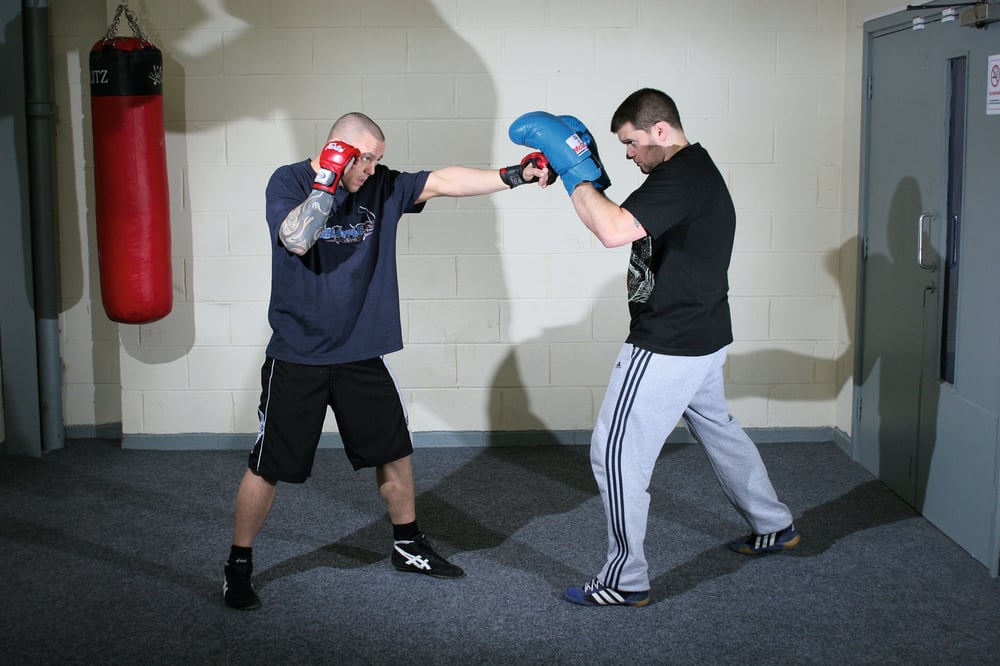
Issue 072
February 2011
By Barry Gibson, strength and conditioning trainer to some of the UK’s top MMA fighters (including TUF 9 winner Ross Pearson).
So you’ve followed a perfectly periodized training plan and you’ve had plenty of notice for this fight. The camp couldn’t have gone any better; now it’s the week before the fight and you’re ready to go. What do you do now?
If you’re from my generation (30-something) then your coach may have advised you to rest totally. Some advocate light runs, stretching, walking, or simply taking in the scenery. Other people recommend sparring in this final week. Depending on your sources of information, you can get confused.
My old judo coaches used to firmly believe that getting an injury, cut or even a bruise can be detrimental to the fighter’s performance. The problem with resting, though, is that you can lose a good deal of your conditioning over a short period of time. The phrase ‘use it or lose it’ rings true. It has been reported that strength gains can last for six weeks even with no training. But conditioning, especially fight fitness, seems to drop off within a week or so. So the fighter can’t rest on their backside and do nothing.
While training TUF 9 winner Ross Pearson for his last 11 fights, I’ve noticed that he prefers to have a final major ‘fight circuit’ with me at my facility approximately days prior to the event. Then he’ll undergo pad-work drills and some light rolling plus concentrate on his weight cut if necessary up to the fight. No ‘heavy’ activity is performed. “The time for hard training and sparring is past at this point,” a quote made famous by Rickson Gracie in the documentary Choke from 1995. This seems to be the norm for the next generation of fighters performing 'active rest' as opposed to maximum chilling the entire week prior to their bout.
The general rule of thumb is that strength training should be cut altogether and only light conditioning undergone. This could be gleaned from sharpening pad-work drills. The key element to tapering is that you need to focus on the game plan at this stage and work your drills around this aim.

Supercompensation vs overtraining
How is this balanced with not ‘overtraining’, the dreaded phenomenon that all fighters fear? To prevent overtraining, and more importantly to make it work for you, or ‘leverage’ it, we need to understand the stress responses to training. The recovery phase will determine the rebound into the supercompensation phase, which will determine how well you compete. Timing is crucial. Training here is divided into four stages, as laid out by Hungarian sports scientist Nikolai Jakowlew in 1976. These stages are initial fitness, training, recovery and supercompensation.
Your plan has to provide enough of a stimulus to lead you into a state of reduced capacity, and then the rest and recovery will lead into the peak-form supercompensation phase we seek. So put faith in your coach’s guidance and don’t do anything that taxes your energy system too greatly. Concentrate on pad-work drills, light wrestling and the technical and tactical aspects of your game plan.
Barry Gibson is a kettlebell and fitness instructor as well as a 3rd dan black belt in judo. He is available for seminars and workshops upon request. For details or to contact him with any questions or queries, email [email protected]. Check out his DVD Train Hard, Fight Easy and Win, available from grapplefit.com.
...









